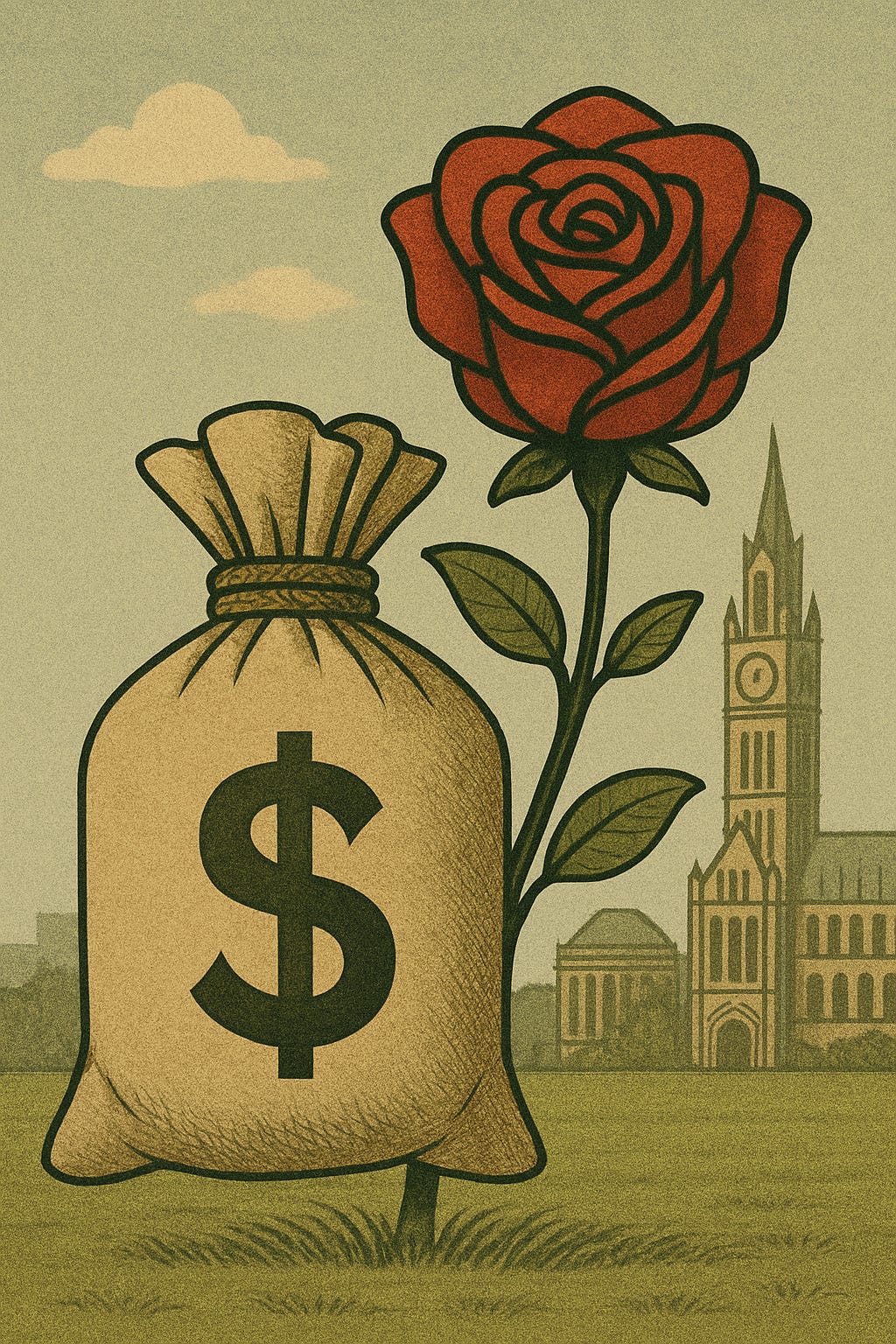Growth Doesn’t Come from Hoarding: Why Spending Is the Real Engine of the Economy
Dr Adam North discusses how economic growth is driven by spending and not saving.
When people talk about economic growth, the conversation often turns to investment, productivity, and tax rates. But the heart of any thriving economy is something far more immediate and human: spending and consuming.
Whether it's buying something for yourself or a loved one, a business hiring staff, or a government building infrastructure projects - money moving through the system is what keeps an economy alive.
At its core, economic growth depends on one thing above all: demand. And demand comes from people spending money.
1. What Actually Drives GDP?
Gross Domestic Product (GDP), the standard measure of economic output, is calculated using four main components:
Consumption (C) – what households spend
Investment (I) – business and capital spending
Government spending (G)
Net exports (X – M) – exports minus imports
In most advanced economies, household consumption accounts for 60–70% of GDP. That means most of our economic activity is driven not by corporate investment or exports, but by ordinary people spending their income.
When people spend money, it goes to businesses, who then hire more staff, pay wages, invest in equipment, and buy from suppliers. Those wages are then spent again, and the cycle continues. Economists call this the multiplier effect — one pound spent becomes several pounds of economic activity.
2. Saving Doesn’t Grow the Economy—Spending Does
While saving is personally responsible, for the broader economic picture, too much saving can actually hurt growth - especially when the wealthiest hoard money in offshore accounts, financial assets, or speculative property.
That’s because money that sits still doesn’t create jobs or pay wages. Money that circulates on food, childcare, services, holidays drives demand, which fuels the business expansion and public revenues.
In times of recession, governments often try to stimulate spending with tax cuts, interest rate cuts, benefits, or public investment - not because they want people to save, but because they want money moving again.
3. Why the Rich Spend Less (Relatively)
One reason inequality weakens growth is that the wealthy save far more of their income than everyone else. A millionaire might save 50% of their income; a low-income family may spend almost all of it just to get by.
For instance, if you give a millionaire £20,000, they will buy assets with it. If you give £20,000 to someone with no savings, they will likely spend a considerable amount of it.
That means transferring money from the poor to the rich reduces overall demand, because it shifts spending power away from those most likely to spend it quickly.
Policies that increase disposable income for the majority, like raising the minimum wage, boosting benefits, or reducing regressive taxes, tend to stimulate growth more effectively than giving tax breaks to the wealthy.
4. Government Spending Is Not the Enemy
In the UK and elsewhere, austerity was sold on the idea that government spending "crowds out" private investment. But decades of economic data show the opposite: government spending, especially in hard times, is a critical driver of demand.
Whether it’s building housing, investing in green energy, or hiring nurses, public spending injects money into the economy, boosts employment, and generates tax revenue that can later reduce deficits.
In fact, many of the most successful post-crisis recoveries - such as the post-WWII era or the US response to COVID-19 - have been driven by large, deliberate public spending programmes that prioritised investment and demand over deficit reduction.
5. Growth Starts with the People, Not the Boardroom
Big businesses often argue that tax cuts or deregulation will lead to investment and innovation. But they only invest when they see a reason to - and that reason is demand.
No business will expand if customers aren't spending. No factory will increase output if there are no buyers. Consumers are the real job creators, and every business depends on a healthy base of people with money in their pockets.
This is why wage stagnation, rising debt, and benefit cuts don’t just hurt individuals - they undermine the whole economy.
Conclusion: Spend to Grow
If we want a strong, sustainable economy, we must recognise a simple truth: money needs to move. Growth doesn’t come from hoarding, austerity, or waiting for wealth to trickle down. It comes from ensuring people can spend - freely, fairly, and often.
That means paying people more, taxing unproductive hoarded wealth, and investing publicly in the things we all rely on - from housing to care to clean energy.
In economic terms, spending is not the end of the story - it’s the beginning.


